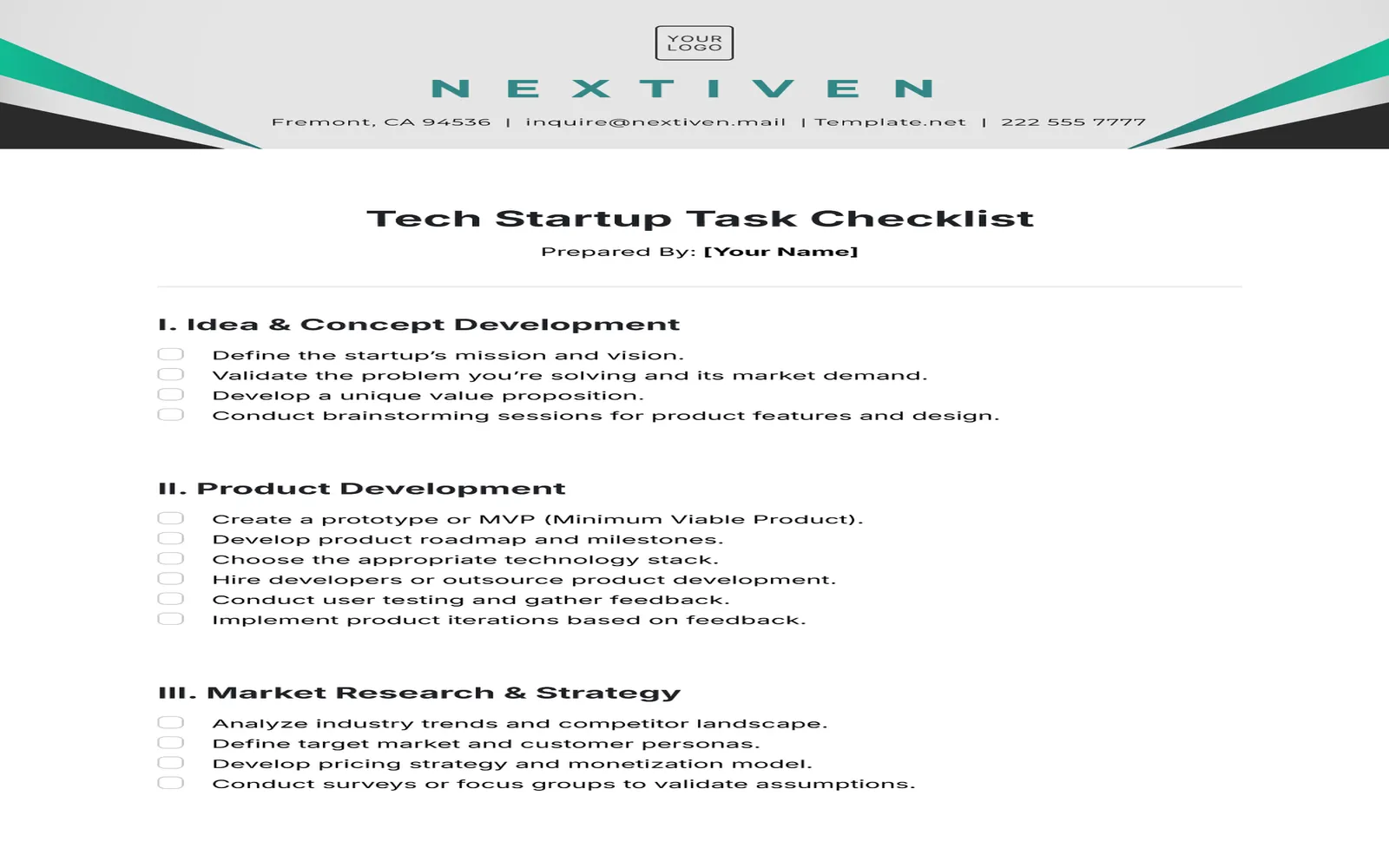In today’s highly competitive market, understanding ''Customer Experience (CX)'' is crucial for businesses aiming to thrive. CX refers to the overall perception that customers have of a brand, shaped by their interactions across various touchpoints. This article will explore the fundamentals of ''Customer Experience Management (CEM)'' and its importance in fostering customer loyalty and driving business growth.
The Importance of Customer Experience
Customer experience is not just a buzzword; it’s a vital component of a successful business strategy. According to recent studies, companies that prioritize ''CX'' can achieve a significant increase in customer satisfaction, retention, and revenue. In fact, organizations that focus on improving their customer experience can see up to a ''20% increase in sales''.
Key Components of Customer Experience
Understanding the key components of ''Customer Experience'' can help businesses better manage and enhance their CX strategies. Here are some essential elements:
| Component | Description |
|---|---|
| Touchpoints | The various interactions a customer has with your brand, including websites, social media, customer service, and in-store experiences. |
| Customer Journey | The complete path a customer takes from awareness to purchase and beyond, including pre-purchase, purchase, and post-purchase stages. |
| Feedback Mechanisms | Tools and processes used to gather customer feedback, such as surveys, reviews, and direct interactions, which help identify areas for improvement. |
| Brand Perception | The way in which customers view your brand based on their experiences and interactions, which can greatly influence their loyalty. |
Strategies for Effective Customer Experience Management
To effectively manage customer experience, businesses can implement several proven strategies:
1. Understand Your Customers
Gaining insights into customer preferences and behaviors is fundamental. Utilize ''data analytics'' and customer feedback to create detailed customer personas. This understanding allows you to tailor your offerings and enhance the overall customer journey.
2. Map the Customer Journey
Creating a detailed map of the customer journey helps identify key touchpoints where customers interact with your brand. This visualization can highlight pain points and opportunities for improvement, ensuring a smoother experience.
3. Personalize Interactions
Personalization is key to enhancing customer experience. Use customer data to deliver tailored content, recommendations, and offers. When customers feel recognized and valued, their loyalty increases significantly.
4. Train Your Team
Your employees play a vital role in customer experience. Invest in training programs that emphasize the importance of ''CX'', equipping your team with the skills they need to provide exceptional service. A well-trained team can create a positive atmosphere that leaves a lasting impression on customers.
5. Utilize Technology
Leverage technology to streamline processes and improve communication. Tools like Customer Relationship Management (CRM) systems can help manage customer interactions and gather valuable insights, enabling you to enhance your ''CX'' strategies effectively.
Measuring Customer Experience
To gauge the effectiveness of your ''Customer Experience Management'' efforts, it’s essential to establish key performance indicators (KPIs). Here are some important metrics to consider:
| Metric | Description |
|---|---|
| Net Promoter Score (NPS) | A measure of customer loyalty that assesses the likelihood of customers recommending your brand to others. |
| Customer Satisfaction Score (CSAT) | A metric that evaluates customer satisfaction with a specific interaction or overall experience. |
| Customer Effort Score (CES) | A measure of how easy it is for customers to interact with your brand, indicating the ease of their journey. |
| Churn Rate | The percentage of customers who stop using your product or service over a specific period, reflecting customer retention. |
Conclusion
In conclusion, ''Customer Experience Management'' is a critical element for any business seeking to build strong relationships with its customers. By understanding the components of ''CX'', implementing effective strategies, and measuring performance, businesses can create exceptional customer experiences that lead to increased loyalty and revenue. As the market continues to evolve, prioritizing customer experience will remain a key differentiator for businesses looking to succeed.





